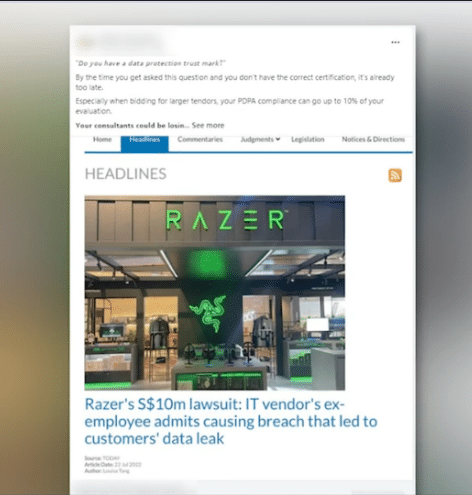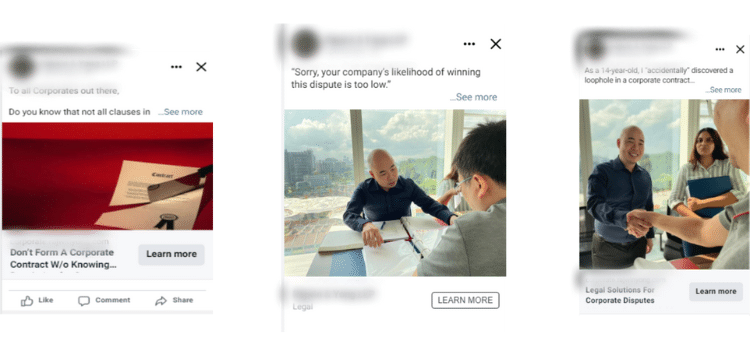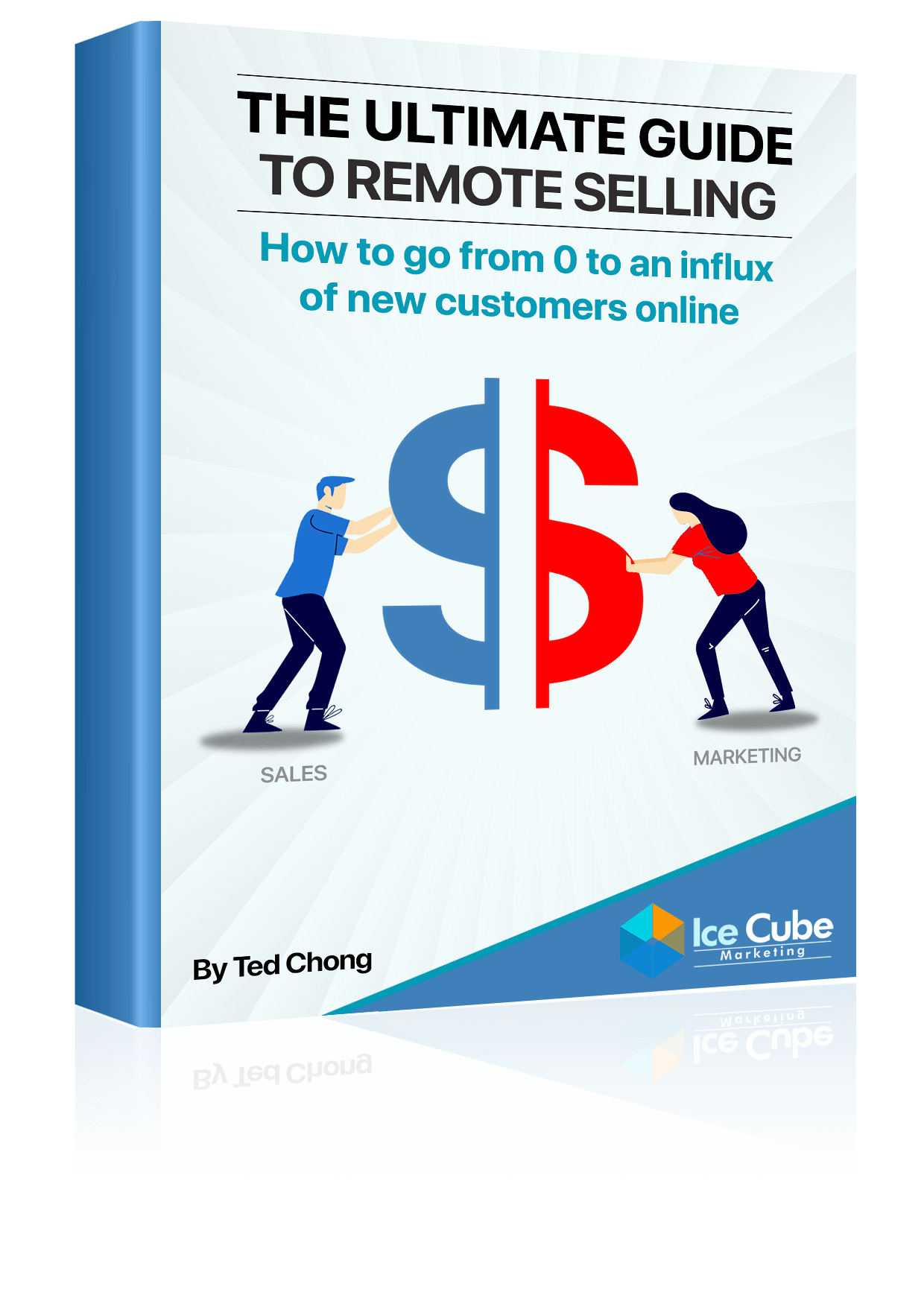In this article, we will explore a powerful technique that can significantly enhance your marketing results and help you acquire twice as many customers while utilizing the same ad budget. By shifting your message from future problems to current problems, you can tap into a more effective approach that resonates with your target audience. We will examine the limitations of fear-driven ads, explore real-life examples, and understand the psychology behind the preference for present pain over future pain.
Understanding Fear-Driven Ads and Their Limitations
Fear-driven ads, which emphasize the negative consequences of not taking action, have long been employed by marketers. The idea is that humans are loss-averse and will respond strongly to messages that highlight potential future problems. However, in practice, fear-driven ads do not always yield the desired results. Let’s examine a couple of examples.
Example 1: Data Protection Company

A data protection company attempted to promote its services using fear-driven ads. The ads highlighted the hefty fines imposed on companies that failed to adhere to data privacy regulations. The assumption was that businesses would respond to the fear of financial penalties. However, these fear-driven ads resulted in low clickthrough and conversion rates, indicating that the approach was ineffective.
Example 2: Corporate Lawyer Campaign

In another case, a corporate lawyer used fear-driven ads to attract clients. The ads warned individuals about the risks of using internet templates for drafting contracts and highlighted the legal issues faced by companies with flawed contracts. Despite providing statistics to reinforce the message, the fear-driven ads did not generate the desired response.
The Shift: Selling Painkillers Instead of Vitamins

The key to improving marketing success lies in understanding the difference between selling painkillers (solutions to present pain) and selling vitamins (solutions to future problems). People experiencing immediate pain are more willing to invest in resolving their problems, making painkillers a more enticing proposition. On the other hand, selling vitamins requires convincing individuals that they have a future problem, which can be more challenging.
Two Reasons for the Effectiveness of Present Pain Marketing
Instant Gratification: Humans are wired for instant gratification, preferring immediate benefits over delayed ones. Get-rich-quick schemes succeed because they tap into this desire for instant rewards. Long-term savings plans, for example, often lack the appeal of immediate benefits.
Optimism Bias: Optimism bias is a psychological tendency to underestimate personal risk and downplay the likelihood of negative events. Despite seeing news about accidents and legal troubles, individuals often believe they will be the exception. This bias affects decision-making and makes selling future problems more challenging.
Applying Present Pain Marketing in Your Campaigns
To ensure successful marketing campaigns, it is crucial to align your strategies with human heuristics, which are cognitive shortcuts people use to make decisions. Instead of fighting these heuristics or appealing to pure logic, leverage them to create effective marketing messages. Here’s how:
Identify Current Problems: If you run a fitness business, focus on addressing short-term challenges and detox programs that offer quick weight loss. Provide customers with a tangible benefit and a quick win to gain their trust.
Transition to Long-Term Solutions: Once trust is established, introduce your customers to the long-term exercise program as the ultimate solution. Educate them on the importance of sustained effort and long-term results.
Give What They Want, Teach What They Need: Follow the principle of first giving people what they want and then teaching them what they need. By initially addressing their current pain points, you can create a stronger connection and better position your long-term solution.
By shifting your marketing message from future problems to current problems, you can significantly improve your results and attract more customers. Fear-driven ads may not always be effective, as humans are driven by instant gratification and influenced by optimism bias. Understanding these heuristics and aligning your marketing campaigns accordingly will help you connect with your audience on a deeper level. Remember, sell the painkiller before the vitamin, and your marketing efforts will yield better outcomes.












